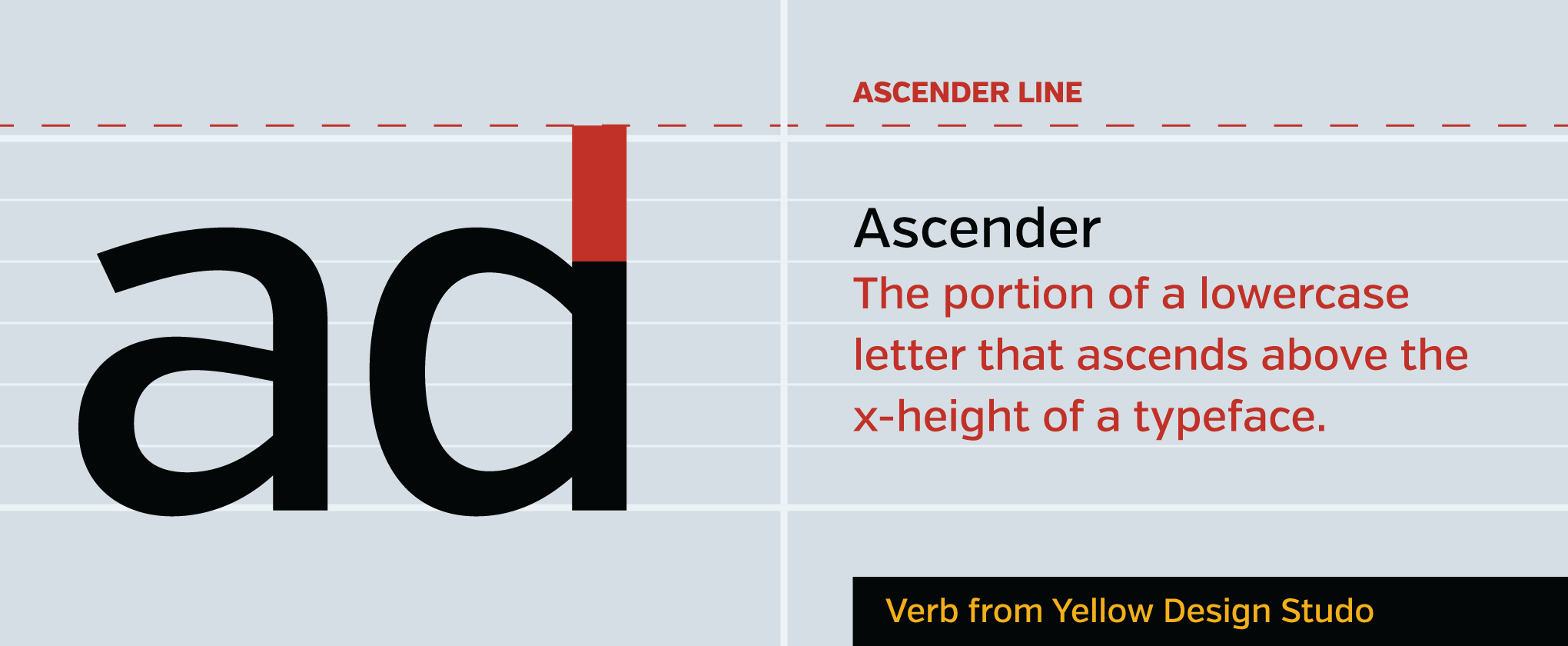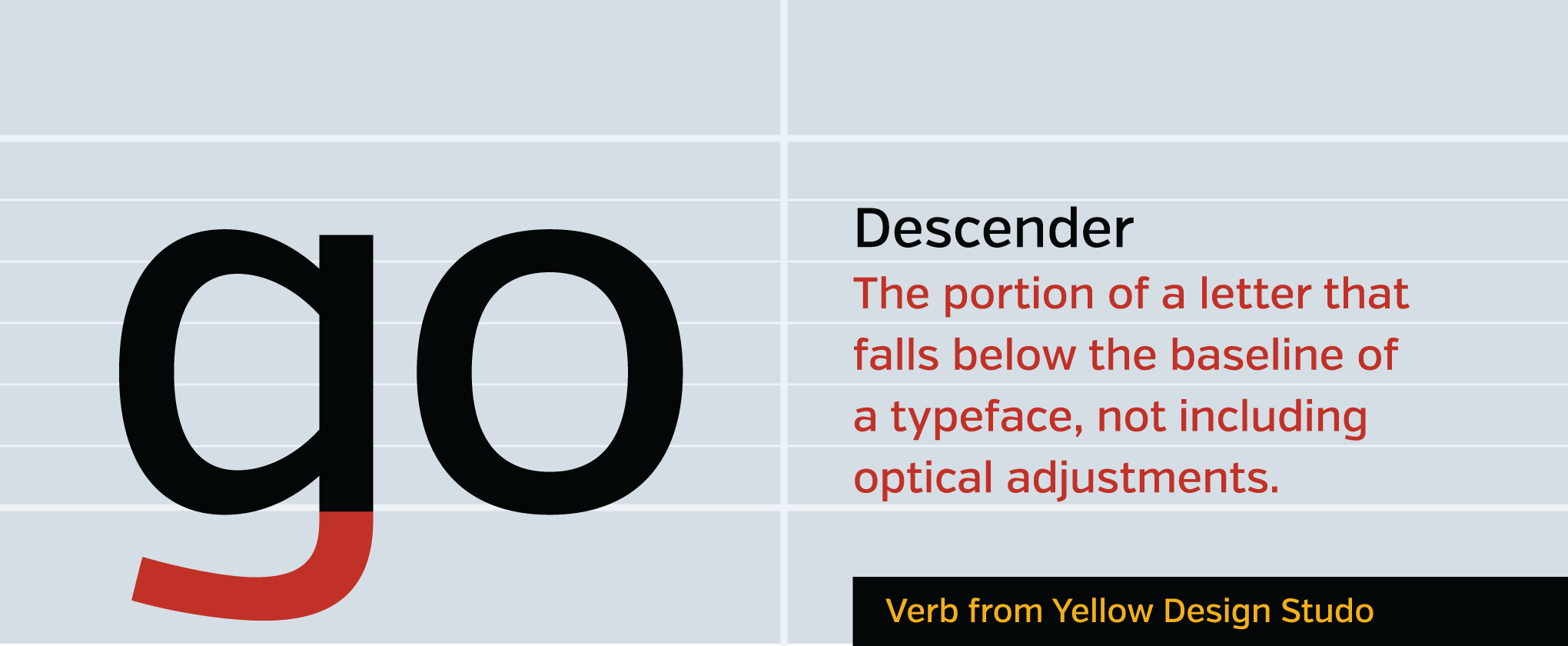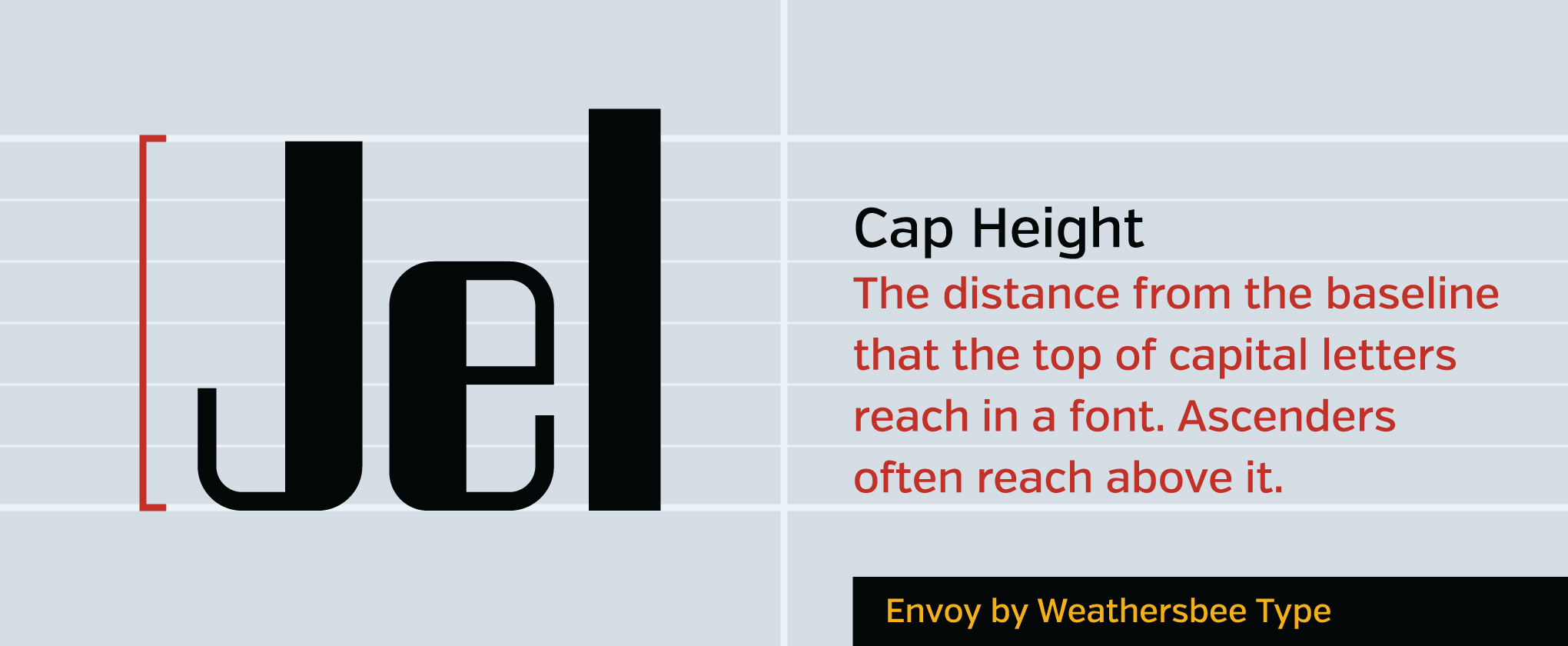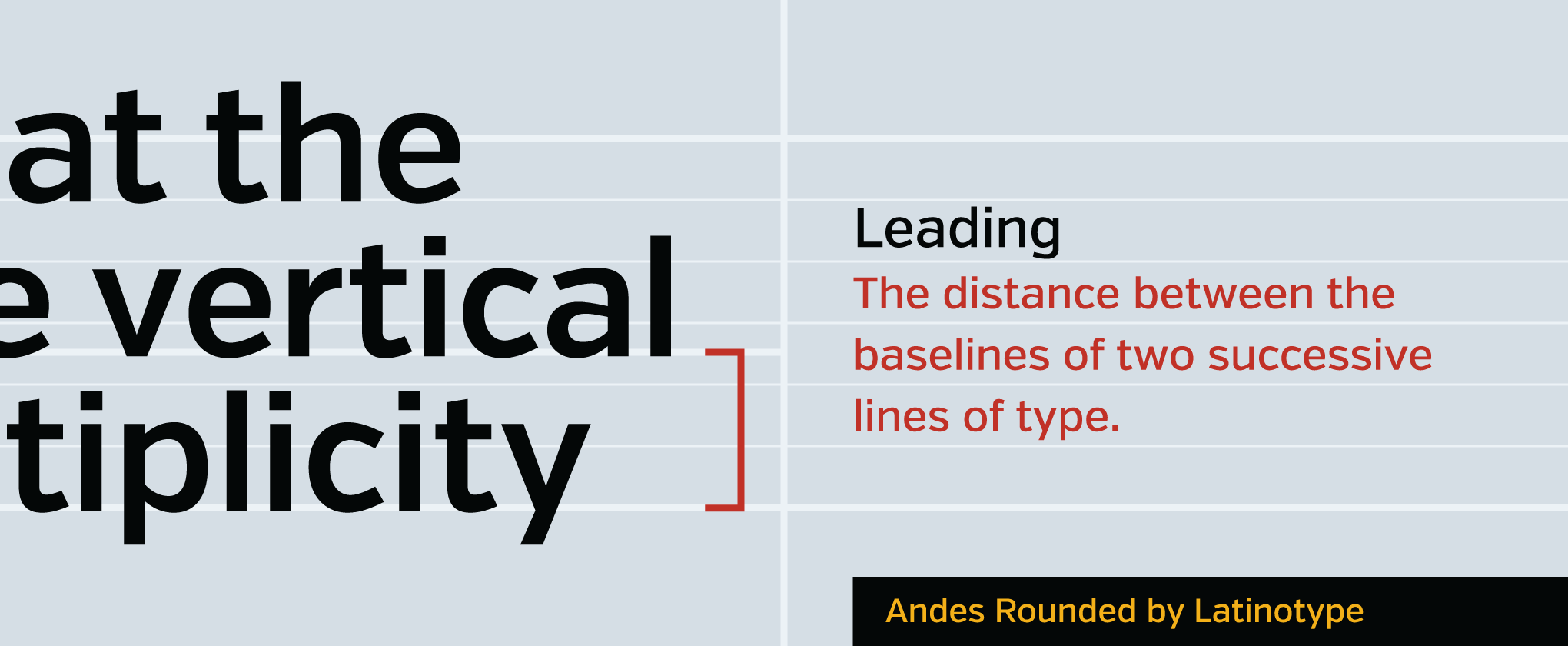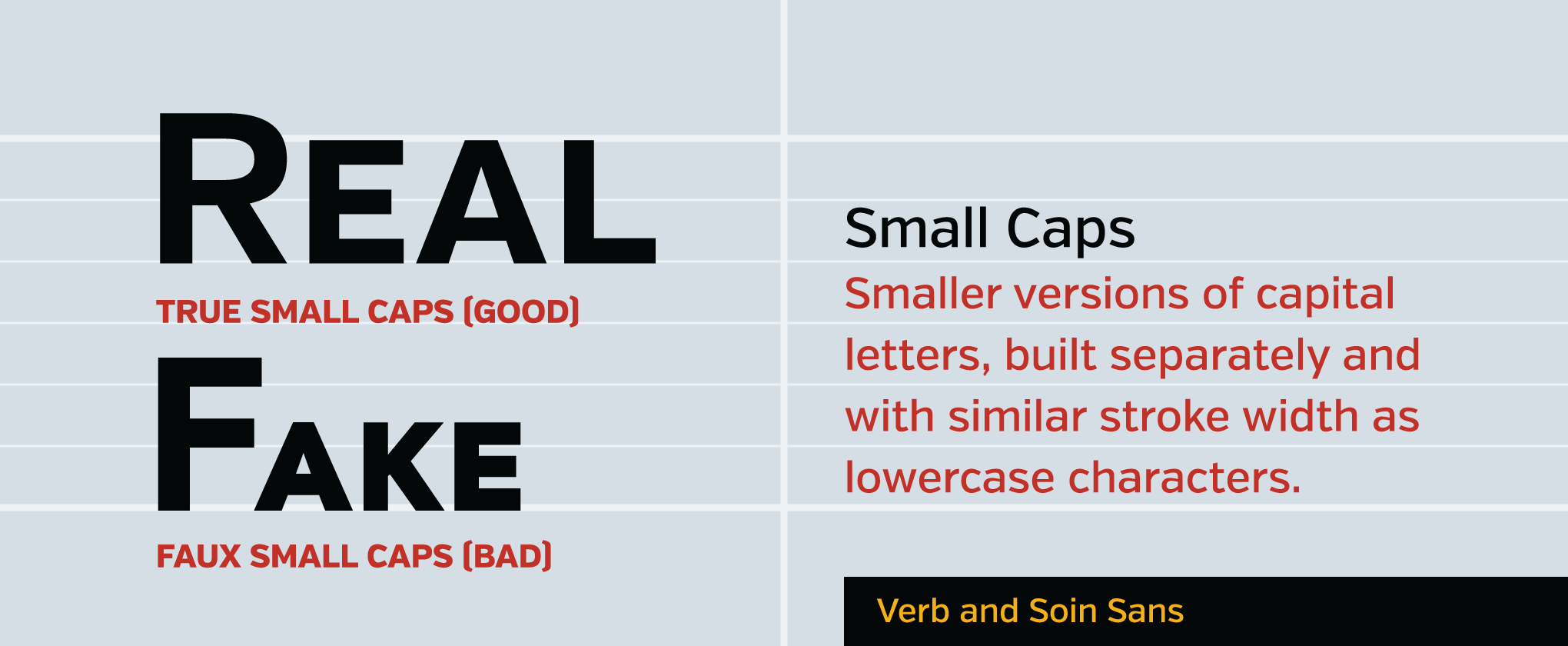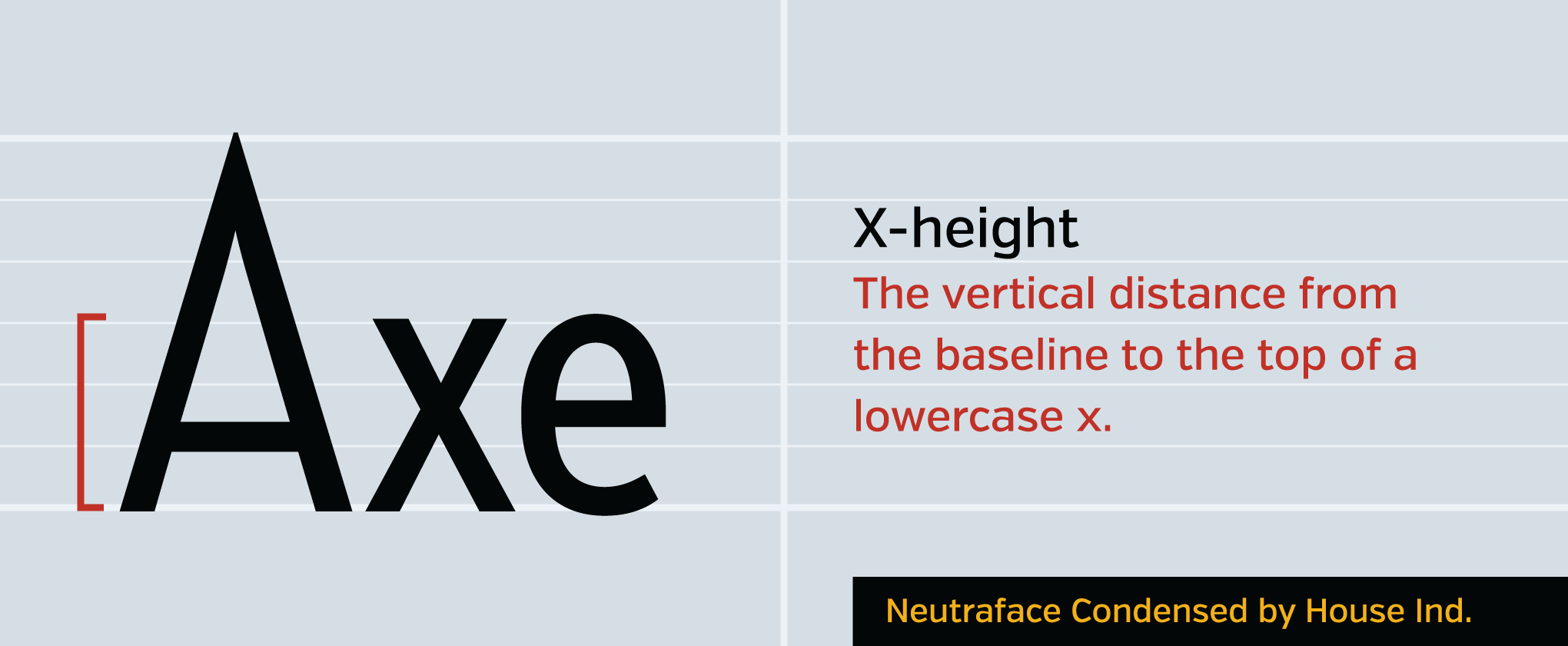I don’t see options for individual weights or styles. What’s the deal?
I decided that I only wish to sell my fonts as packages, for mainly two reasons:
- I create mostly display fonts with minimal styles. The pricing is much more seamless to deal with— especially with my own store and the extensions that are available to purchase.
- When I do create bigger families, I intend for them to work together. Without that option, things like stroked type or browser-forced weights occur, which I DON’T wanna see.
If you wish for me to create a custom bundle without all styles, contact me, but if it’s not gonna generate $1000 or more, it’s unlikely to be worth it for me, as the reason for this decision is to keep more time for actually creating fonts.
What do I get when I purchase a font?
When you buy a font, you are really buying a license to use that font. To use it, you of course need the font file itself, so a purchase of a font usually, in practical terms, results in being provided font files (usually otf or ttf here, others formats for web use) and a license which states how you may use the font. But again, what you are really purchasing is the right to use the font, and records are kept of who has purchased licenses to use fonts by professional type distributors.
What is the difference between a typeface and a font?
A font is the piece of software used to generate the letterforms of a typeface at your command. A typeface refers to the design and likeness of a set of characters. So each time you select a different font to use, you are choosing a different little piece of software which will output letters and numbers of a different type. I sometimes use the words interchangeably, but they do not mean the same thing.
There are Web Font files included with my purchase. Can I use them?
You can use them if you purchased a license for web font usage, covering the appropriate number of pageviews/month. If you wish to add the ability to use the web fonts after having purchased only a Desktop License, contact me.
Why should I pay for fonts? I can find free ones all over the internet?
It is true, you can find free typefaces all over the place now. Some of them are actually high-quality work, released for free as a marketing technique or simply by someone with a conviction to do it. In most cases, however, there is a reason why professional typographers charge what may seem like a large amount for quality typefaces and free typefaces are usually of lower quality. The reason is that typefaces of high quality take an extremely large amount of time, expertise and effort to produce. There are layers upon layers of things that must be addressed in the creation of a typeface (its own endeavor), the production of its corresponding font, and the method of delivery so that the end user of that font can use it with ease. A cliché but true example of a detail (well, a series of thousands of details) is the spacing between the letters of a font. This is as important as the forms themselves when it comes to legibility and usability, and is usually overlooked in low-quality typefaces. People who understand the issues involved in creating typefaces and have applied that understanding to the creation of a usable font desire – and deserve – to be compensated for their efforts.
You released a free font that I’ve seen all over the place. What’s the difference?
The difference is that the first release was an experiment; my intention was to shortly follow up by selling the remaining components of the typeface. The difference is that I did address issues such as kerning and optics. I was a newcomer to the world of type design, and felt like this was a good way to break in. My view on this in retrospect wavers. I wouldn’t change the fact that I gave that one away; I absolutely would have placed restrictions so that multi-million dollar corporations gave no compensation. But I’ve done my duty to the world of free typography, so it’s unlikely that any more free typefaces will be released by me, at least without strings attached.
How much does it cost to have a custom typeface designed?
A substantial amount. There’s your short answer. Consider that most designers charge somewhere in the vicinity of $100/hr (or more in larger markets), and that typefaces can take months or even years to complete depending upon the depth of the typeface. (I churn a font out very quickly usually, because I don’t do it full time and have to.) But if this is something that you really need and are ready for, you likely are prepared to invest some money in it. Every job is different, so an umbrella estimate isn’t possible, but it’s unlikely that a professional, custom typeface is going to happen if you’re not willing to pay at least a few thousand dollars.
Why the intimidating license? You know I can get this if I really want it, right?
It is no secret that most any font, or any digital media for that matter, can be gotten by an individual with enough motivation to acquire it without paying. The biggest motivator for properly licensing fonts is personal conviction, paired with an education on the rigors of type design. But that doesn’t mean that the task of benefitting from others’ work should be made easier for those inclined to do so, and so all hurdles aren’t going to be removed. At the very least, it should be clear to anyone who would use the fonts without license or in an unauthorized way that they are making a conscious decision to profit unfairly from others’ efforts. And this decision is an illegal theft that can be prosecuted. For many of the reasons stated above – the investment involved by the designer being the most important – it is not desirable that our work be done for free. We do it because we enjoy it and are passionate about it, but also to make a living. If you have a life outside of work – family, hobbies, friends – then it is hard to sustain a project out of passion if it isn’t profitable. So the license is in fact a binding legal contract, and the rules it contains are there to protect the designer from being snubbed of profits that should rightfully be theirs.
Why are there so many rules about how the fonts can be used?
Despite its technical, impersonal language, it is there to ensure that the type designer and user are on the same page. There are ways in which the designer wishes for the product to be used, and ways that it shouldn’t, and the license allows that to be made clear. Some restricted activities are to prevent third parties from accessing your purchase (fonts on the web, for example). Some uses involve users benefiting almost exclusively off the work of the type designer (alphabet products, for example) and should clearly remain the sole right of the type designer, unless a separate license is agreed upon. And some uses are based on the morals of the designer, like not allowing the typography to be used in pornography or cigarette ads. These sorts of restrictions are rare in my experience, but proper as they allow the designer to ensure their work doesn’t contribute to an unworthy cause. The basics of the license, especially non-standard restrictions, are usually written out in a more accessible manner elsewhere, but it’s necessary to spell it all out in technical language so that the license holds up legally in the unfortunate case that this becomes necessary.
If you read through the license (mine or those of most foundries) and think about it, the things that are being restricted are really fringe activities. If you purchase a license, read it if something you’re considering seems questionable, and use the typeface honestly, then you should be in the clear.
Why did you build a website for only a few fonts?
If that is still the case as you are reading this, here’s why I did it: I’m a graphic designer first, a designer/developer second, and then a designer of typography. I know how to build websites, and I know how to present a product to the public, as I’ve done it for others for a decade. It doesn’t make sense for me to unnecessarily increase my overhead if I’m capable of selling on my own. This is not just for monetary reasons, but also because maintaining my own presence allows me to run things exactly as I wish, at least as far as my capabilities can take me.
I can price my work as I value it, without having to consider what the markup will be by a distributor. There are no gate keepers to judge the quality of my fonts; I can do that myself. Since I’m working on other typefaces right now, and plan to continue doing so, I needed a proper avenue through which to distribute them. I don’t like building things that aren’t meant to last, so I prefer to have a long-term home for releasing type, even if that means that it is temporarily sparse.
 Interrobang Type
Original Fonts by Derek Weathersbee & Co.
Interrobang Type
Original Fonts by Derek Weathersbee & Co.
